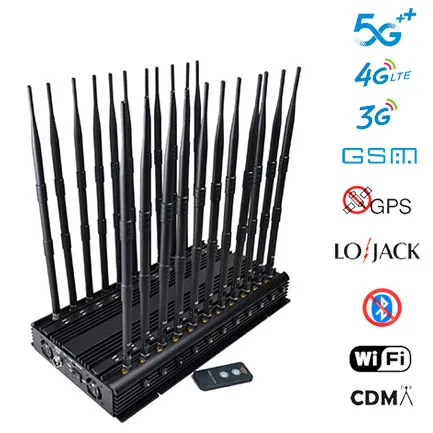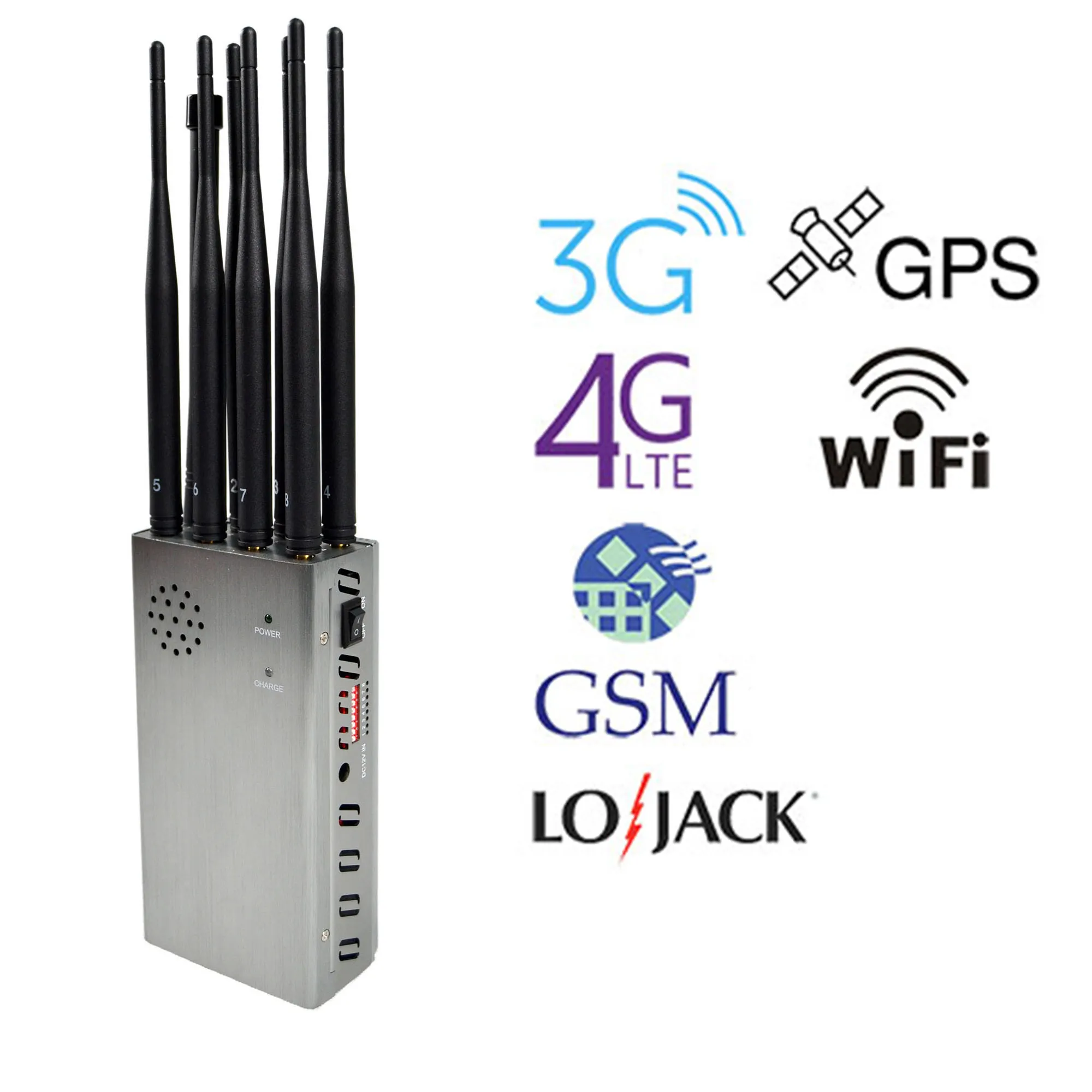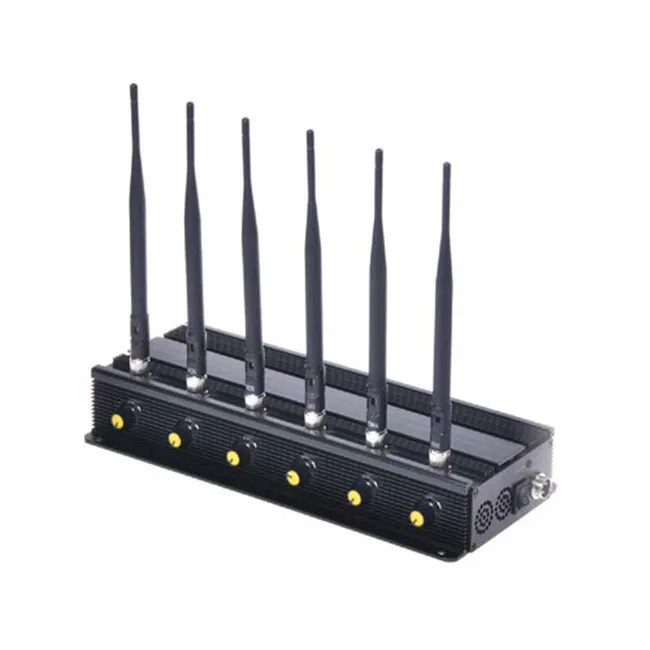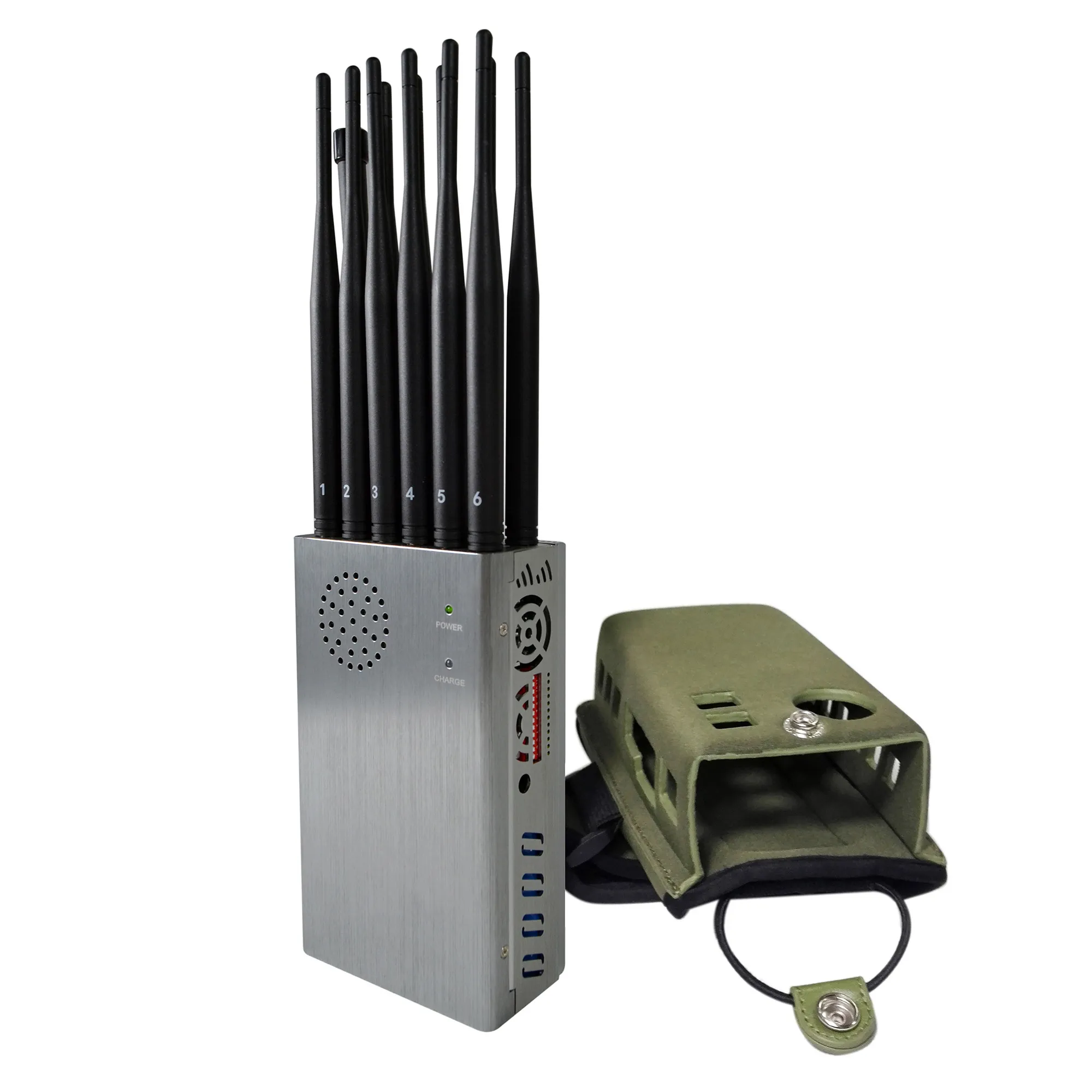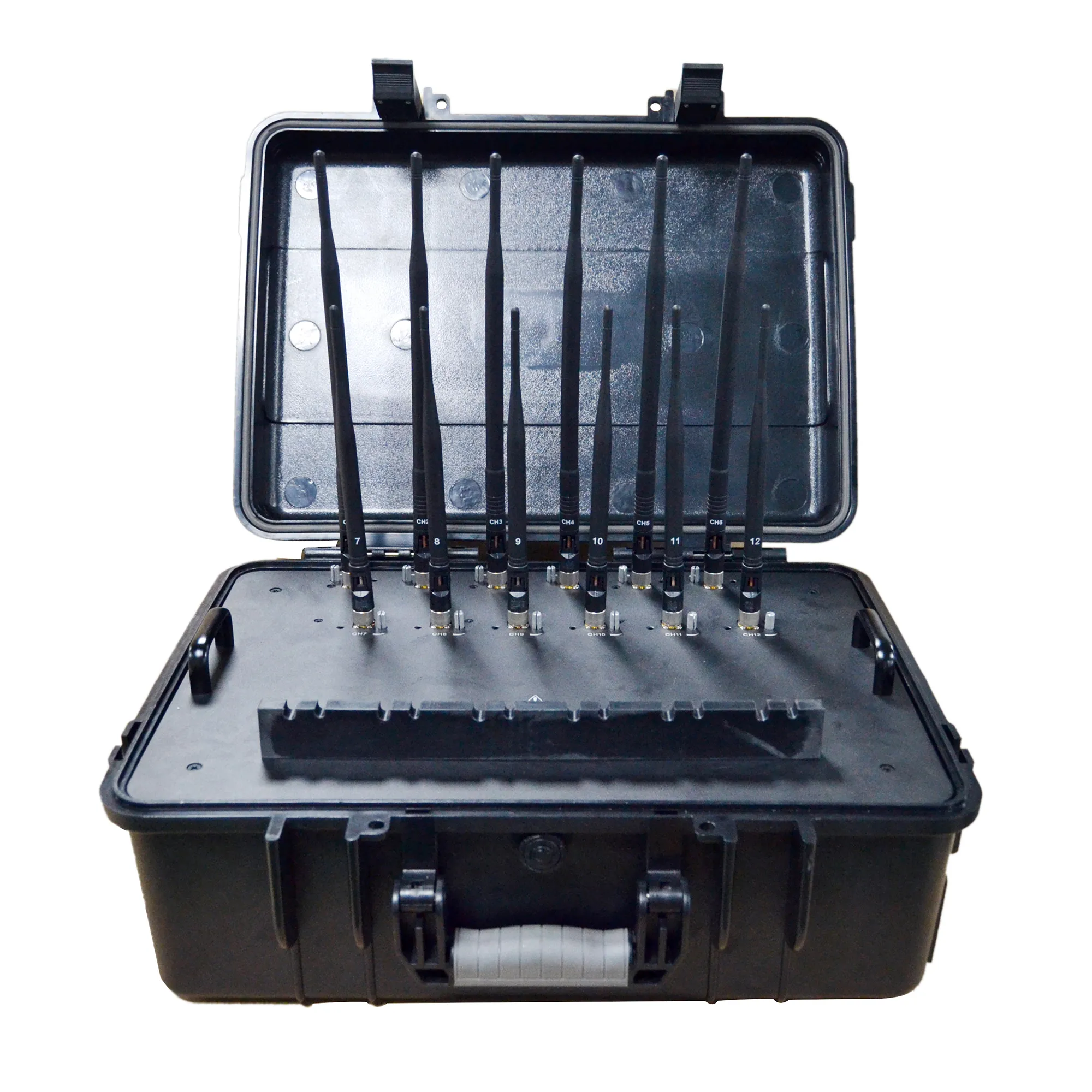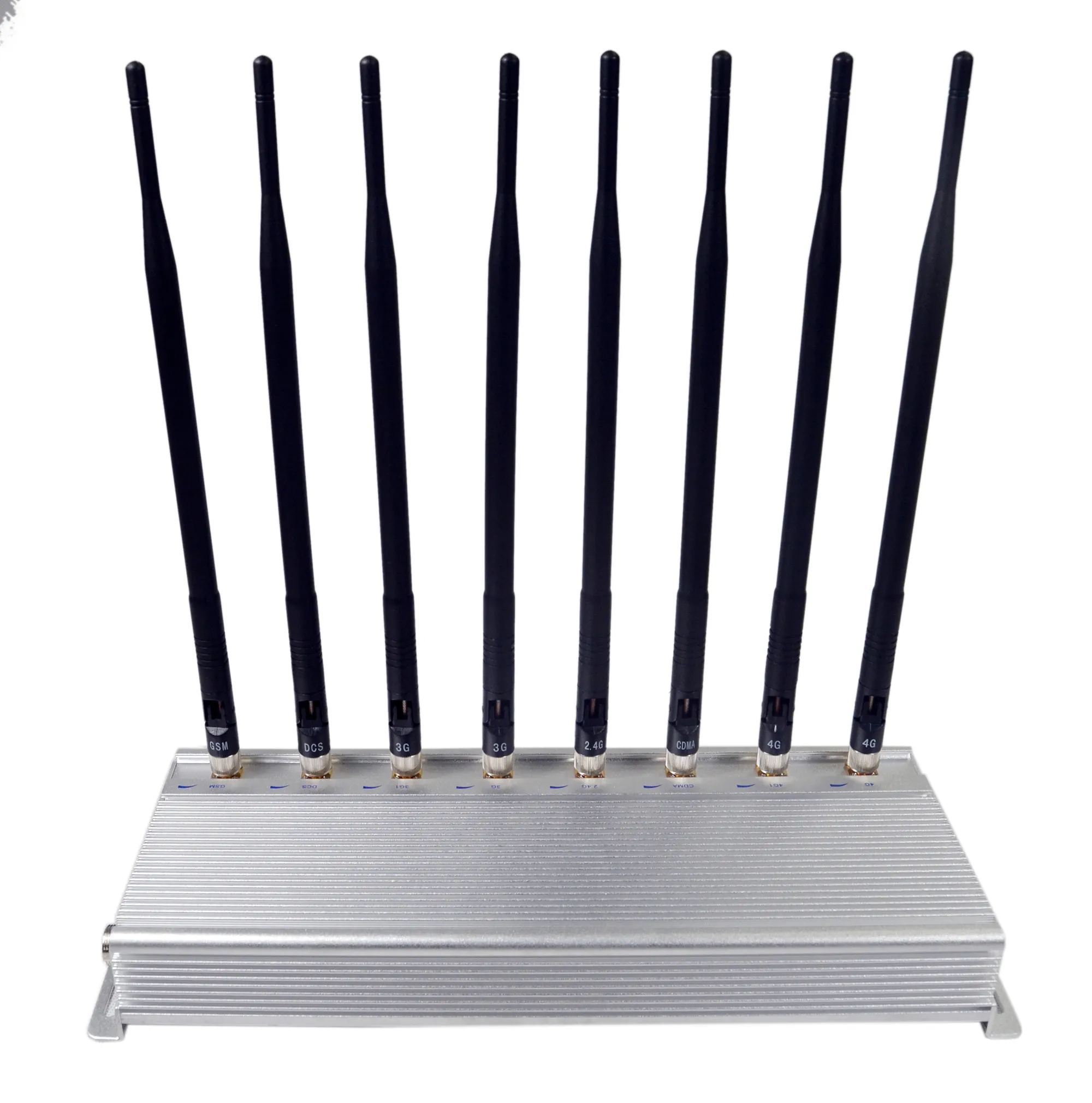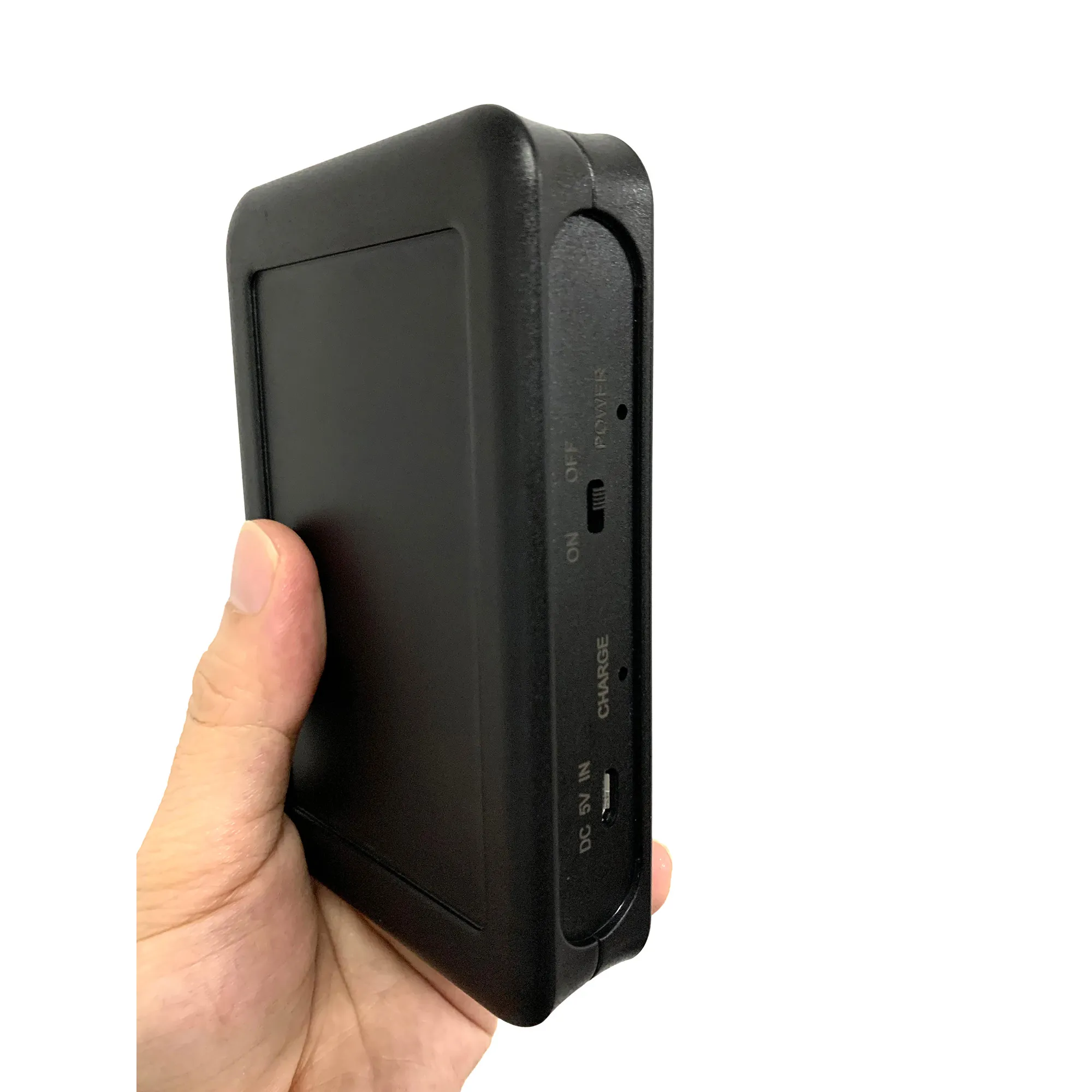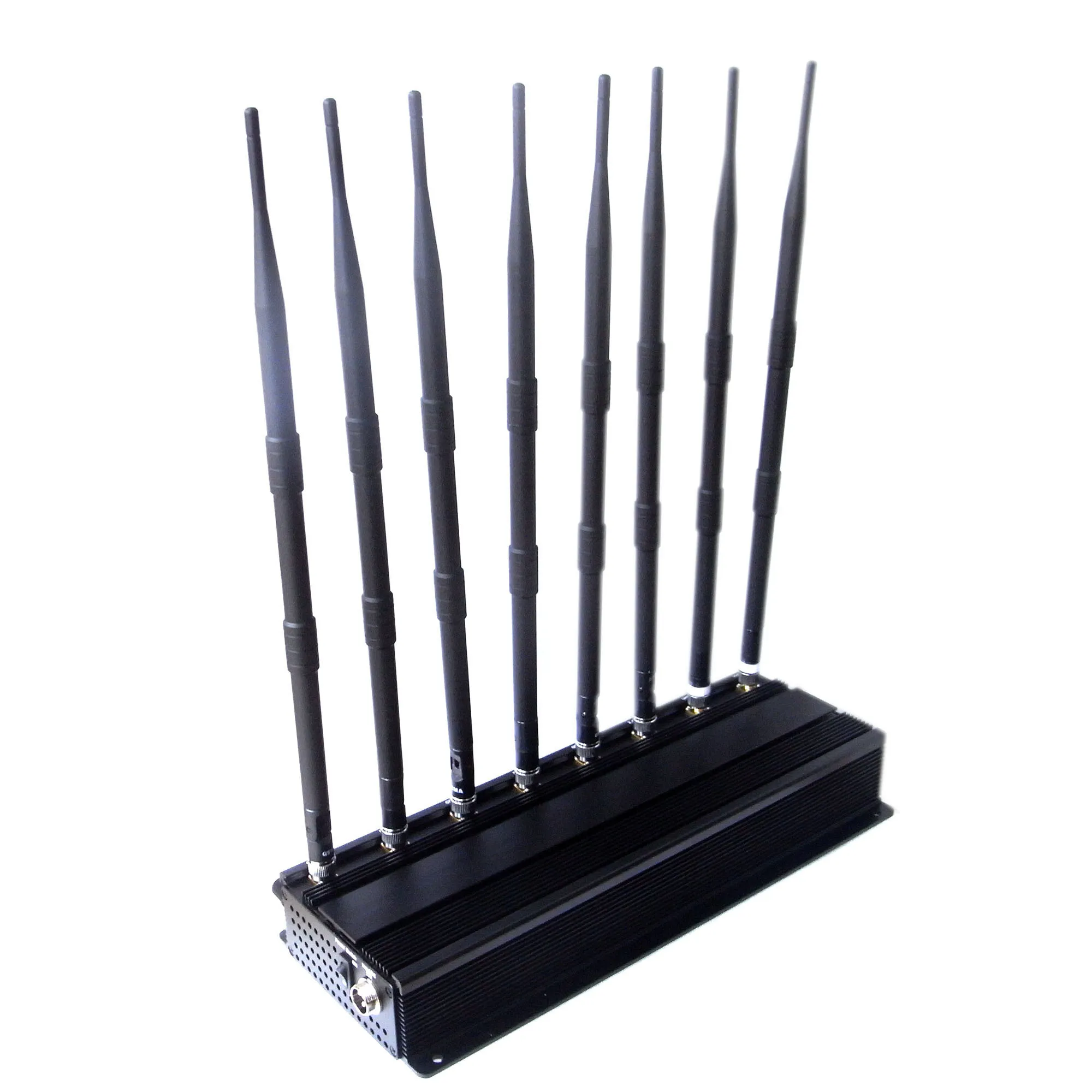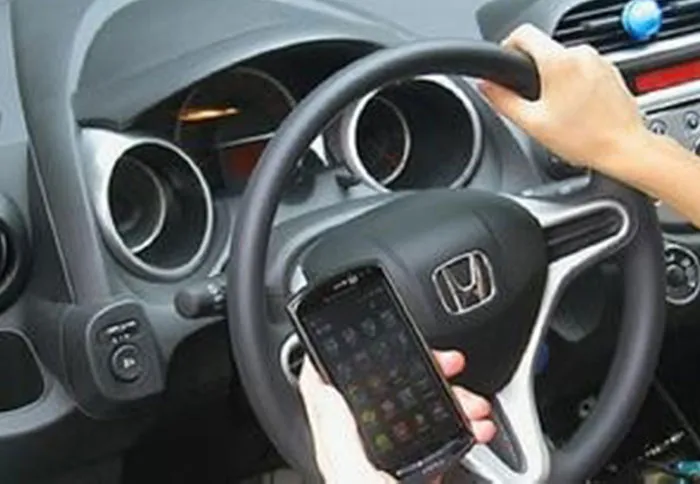
According to a report from the British Airways Accidents Committee, a drone in the UK crashed into a house and fell outside due to GPS interference. The 25-pound drone fell from a height sufficient to cause serious injury or death, but fortunately no one was present. The second drone that was sent to the spot where the crash was discovered suffered almost the same fate.
The incident occurred during the DJI Matrice 600 Pro routine field survey in December. The DJI Matrice 600 Pro is essentially a larger version of the DJI consumer quadcopter. Operators had previously noticed interference with satellite navigation signals, but this did not cause serious problems. During the last launch, the drone rose to an altitude of one hundred feet and reported a GPS compass error.
When this happens, the drone will automatically return to manual flight mode and hover in place. It uses atmospheric pressure sensors to maintain altitude, but without knowing its movement relative to the ground, it drifts with the wind. Normally, the operator will control the aircraft, but in this case, they will be surprised, and the drone sails behind the trees with a strong wind of 15 mph, disappears out of sight, and cannot be manually at the scene control. industry.
The drone maintains its altitude, but the rising ground means that it is at roof level when it reaches a residential area hundreds of meters away from the roof. He hit the house, damaged the rotor, and fell into the garden.
According to the British DROPS industrial safety standard, a blunt four-pound object falling from a height of six meters, in this case, the height of the fall may even cause injury or death to the person wearing the helmet. The drone is six times heavier and has a high risk of serious injury.
The drone operator launched a second drone to search the crash site because they only had a rough idea of where it was. It also produced signal Drone jammer errors, and the second drone landed quickly and safely.
The source of interference has not yet been determined. It may come from a drone jammer. Sold as "personal privacy devices", they are easily available on the Internet for $30. These are legally owned in the UK, but operating in the UK is illegal, usually by truck drivers and others who do not want to record the location of their vehicles but will interfere with all vehicles using GPS receivers within sight. GPS signals from satellites in orbit are very weak, equivalent to car headlights 12,000 miles away, so nearby transmitters are not as easily submerged by it as a cell phone.
The incident has raised questions about the safety of civilian drones, especially large drones with a significant risk of injury. Planned drone delivery services, such as Google GOOGL + 0.6% Wing and Amazon's Prime Air, will require Powerful navigation capabilities that will not derail or crash due to GPS interference. Especially when there are many people who don't like drones hovering over cities and are ready to fight against them. Incidental drone jammers are also a growing problem. In the United States, people worry that Ligado Networks 5G transmitters will interfere with any sophisticated GPS (such as survey drones) within two miles.
The incident also highlighted the need for military drones to use navigation methods other than GPS. Military UAV jammers and anti-theft devices that provide the wrong location are now deployed as anti-UAV defense systems. Iran claimed to destroy the US Sentinel RQ-170 with GPS deception in 2011; these devices are now being used more and more in the commercial sector, possibly originating in China, which seems to use the technology to protect government facilities.
Although GPS is widely used by others, it is a military system operated by the US Air Force. It is currently undergoing an upgrade, called GPS Block III, which is estimated to cost more than $5 billion, but it does not necessarily help prevent such incidents.
Dana Goward, chairman and director of the Resilient Navigation and Timing Foundation, said: "Low Power consumption means that GPS is indeed very easy to be jammed." "GPS III provides military users with improved anti-interference through special equipment, but 99% of civilian users It won’t get any other benefits at all."
Goward said that to make GPS truly Powerful and more resistant to local interference, it will need to build a larger infrastructure and integrate Power terrestrial transmitters and satellites.
"We need to start thinking about the overall architecture. What we need is a multi-layer structure that contains GPS and other satellites, such as eLoran, which can achieve strong regional coverage, ground, hard to destroy, and Wi-Fi, cell phone towers, inertial systems and Other methods at the local level, Goward said.
A one-time drone crash with no casualties in the UK does not seem to matter. But some people may think this is a sign of coming.


